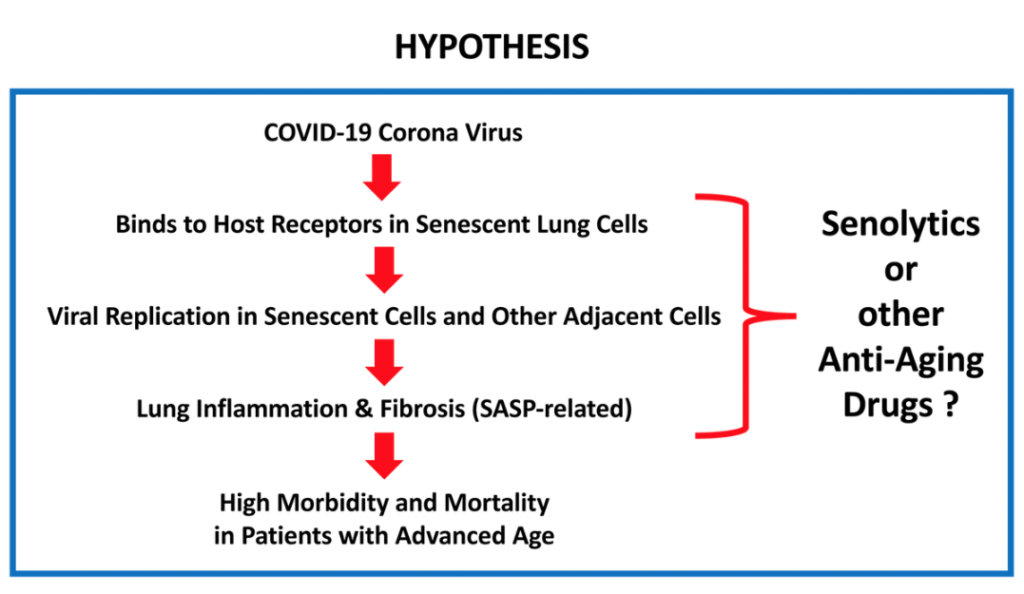“Senescent cells accumulate in aging tissues, impairing their ability to undergo repair and regeneration following injury.”
Imagine a simple topical treatment that could help aging skin heal faster, reducing recovery time from wounds and even improving skin quality. Scientists may have found exactly that. A recent study, published in Aging, reveals that a compound called ABT-263 can eliminate aging cells in the skin, boosting its ability to regenerate.
Understanding How Aging Affects Skin Healing
Aging affects the skin’s structure and function, leading to a reduced ability to heal from wounds. Scientists have long suspected that senescent cells, also known as “zombie cells,” play a major role in this decline. These cells stop dividing but refuse to die, accumulating in tissues and releasing inflammatory molecules that impair the body’s natural repair processes.
Various studies have explored senolytics, a class of drugs designed to eliminate these aging cells and restore tissue function. While these drugs have shown promise in treating diseases like osteoporosis and fibrosis, their impact on skin regeneration and wound healing has been less studied. A new study titled “Topical ABT-263 treatment reduces aged skin senescence and improves subsequent wound healing” now suggests that a topical application of the senolytic ABT-263 could significantly improve wound healing in older individuals.
The Study: How Clearing Aging Cells Improves Skin Repair
A team of researchers from Boston University Aram V. Chobanian and Edward Avedisian School of Medicine, led by first author Maria Shvedova and corresponding author Daniel S. Roh, tested whether ABT-263 could enhance wound healing in aging skin. They applied topical ABT-263 to the skin of 24-month-old mice—roughly equivalent to elderly humans—over a five-day period. After the treatment period, the researchers created small skin wounds on the mice and monitored their healing process compared to a control group. They also analyzed molecular changes in the skin to understand how the drug influenced tissue repair.
The Challenge: Why Aging Skin Heals More Slowly
Older skin does not regenerate as well as younger skin due to a combination of factors. One key reason is the accumulation of senescent cells, which interfere with normal repair processes by increasing inflammation and reducing collagen production, a critical component of wound healing.
Even though the body has mechanisms to remove damaged cells, these processes weaken with age. As a result, senescent cells accumulate, contributing to chronic inflammation that delays wound closure.
The Results: Faster Healing and Improved Skin Function
The study found that topical ABT-263 effectively reduced the number of senescent cells in aged skin. Markers of cellular aging were significantly decreased, confirming that the drug successfully eliminated dysfunctional cells.
When wounds were induced after treatment, mice that received ABT-263 healed significantly faster than those in the control group. The researchers also observed an increase in gene activity related to collagen production, cell proliferation, and extracellular matrix organization—all crucial factors for effective wound repair.
Interestingly, the treatment triggered a temporary inflammatory response, with immune cells, particularly macrophages, infiltrating the treated skin at higher levels. This response, while short, appeared to accelerate repair by clearing out damaged tissue and promoting regeneration.
By day 15, the wounds of ABT-263-treated mice had closed significantly faster than those of untreated mice. By day 24, 80% of the treated mice had achieved complete wound closure, compared to only 56% in the control group.
The Breakthrough: A New Approach to Enhancing Skin Regeneration
This study provides strong evidence that removing senescent cells before an injury can prime aging skin for faster healing. The results suggest that topical senolytic drugs like ABT-263 could serve as a pre-treatment for surgeries or individuals prone to slow-healing wounds, providing a safer, more targeted approach than systemic treatments. Additionally, the observed increase in collagen expression suggests that this method not only accelerates healing but also improves the overall strength and quality of repaired skin.
The Impact on Wound Care and Skincare
If similar results can be achieved in humans, ABT-263 or similar senolytic treatments could become valuable tools, particularly for elderly patients undergoing surgery, where slow wound healing increases the risk of complications. It may also help individuals with chronic wounds, such as diabetic ulcers, which often struggle to heal properly. In post-surgical skincare, accelerating recovery could lead to better outcomes and reduced scarring. Additionally, in anti-aging dermatology, this treatment has the potential to reverse some of the cellular effects of aging on the skin.
Future Prospects and Conclusion
This study marks an important step toward clinical applications. While the findings are promising, further research is necessary to confirm whether ABT-263 offers similar benefits in humans. Clinical trials will be crucial in assessing its safety, efficacy, and long-term effects, particularly in wound healing and dermatological treatments. If successful, senolytic creams or topical therapies could offer new solutions for age-related skin challenges and slow-healing wounds.
Click here to read the full research paper in Aging.
___
Aging is indexed by PubMed/Medline (abbreviated as “Aging (Albany NY)”), PubMed Central, Web of Science: Science Citation Index Expanded (abbreviated as “Aging‐US” and listed in the Cell Biology and Geriatrics & Gerontology categories), Scopus (abbreviated as “Aging” and listed in the Cell Biology and Aging categories), Biological Abstracts, BIOSIS Previews, EMBASE, META (Chan Zuckerberg Initiative) (2018-2022), and Dimensions (Digital Science).
Click here to subscribe to Aging publication updates.
For media inquiries, please contact [email protected].






